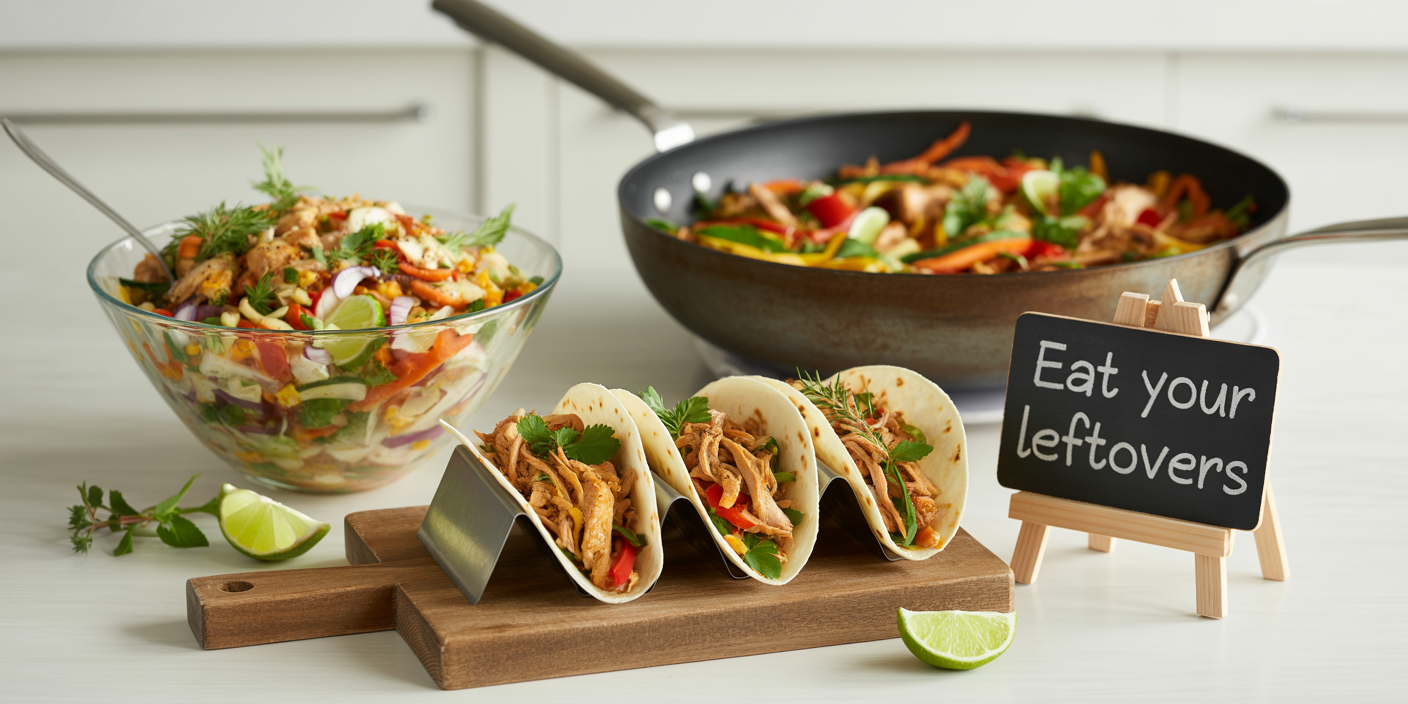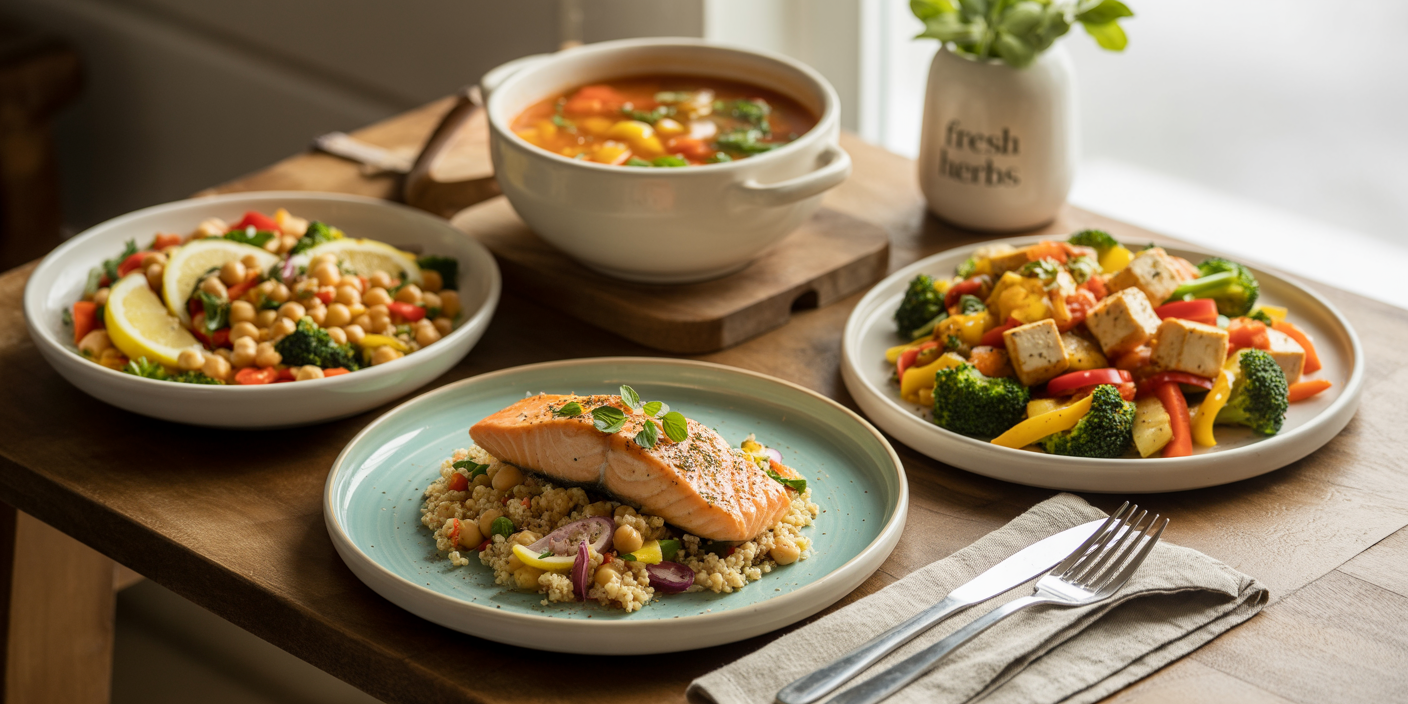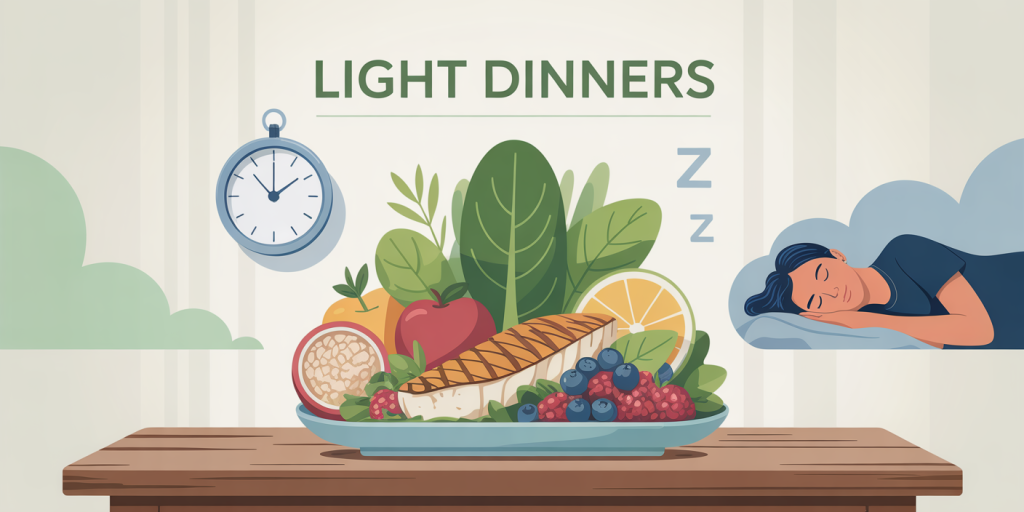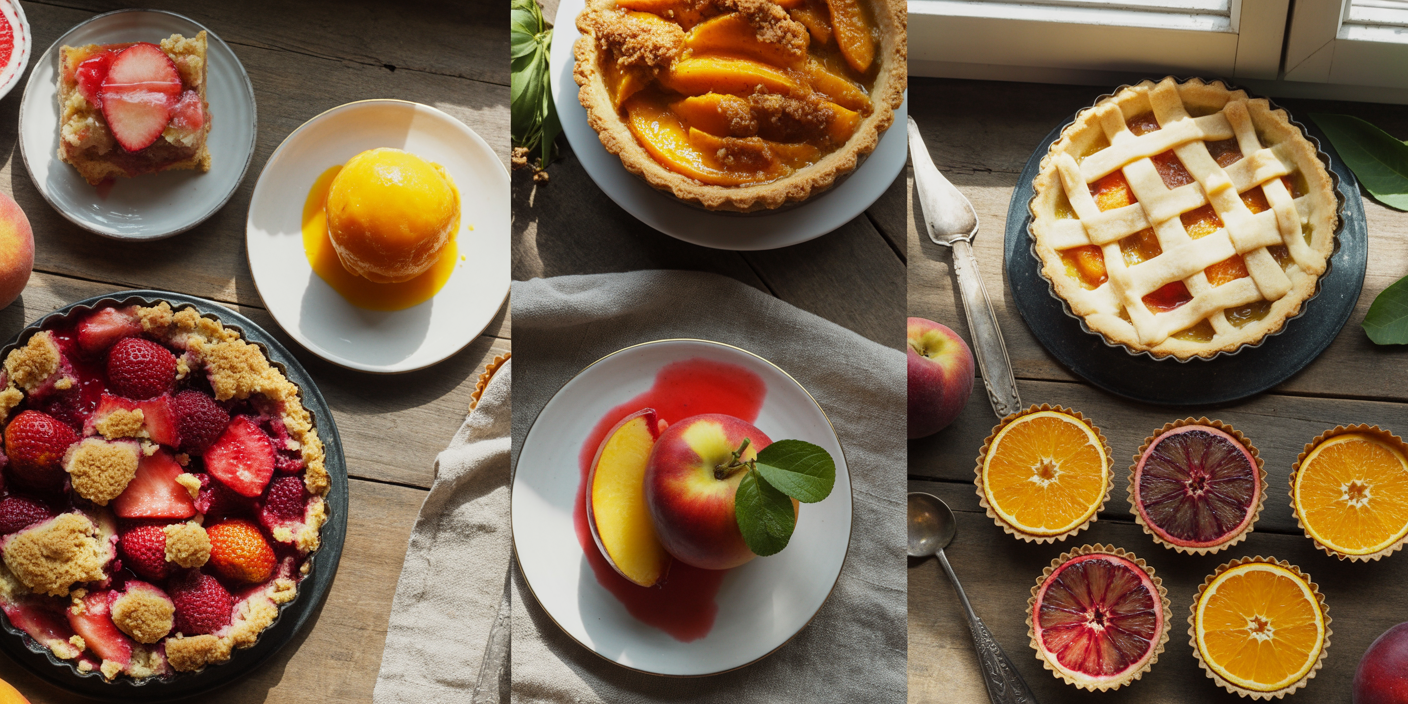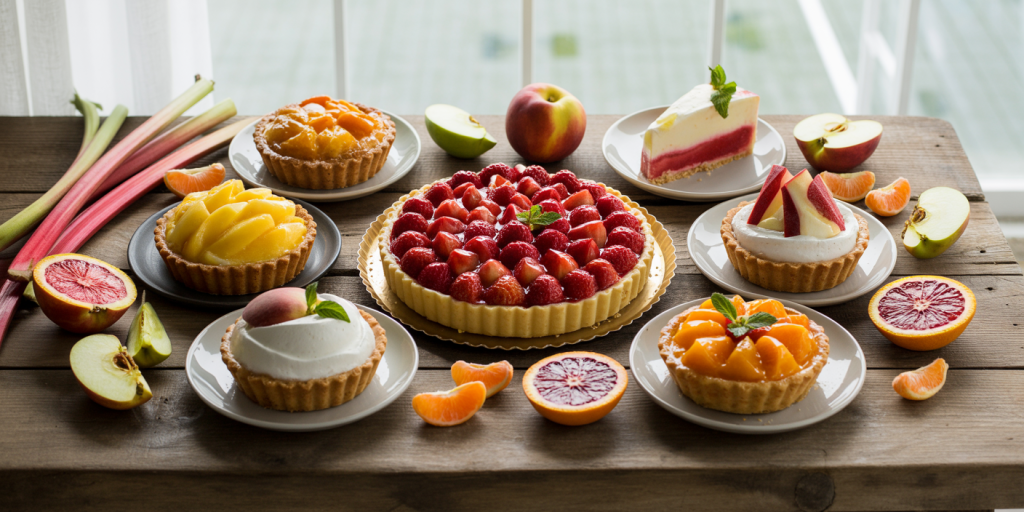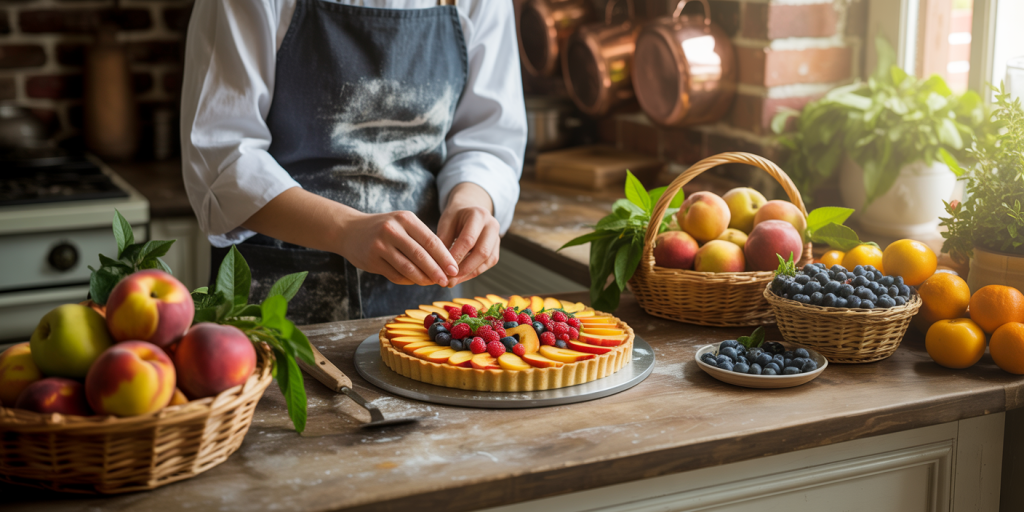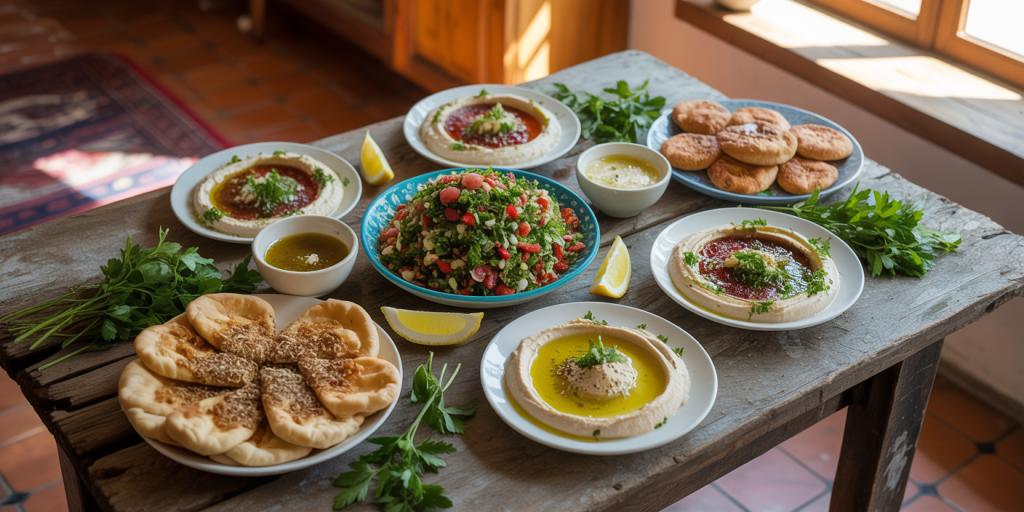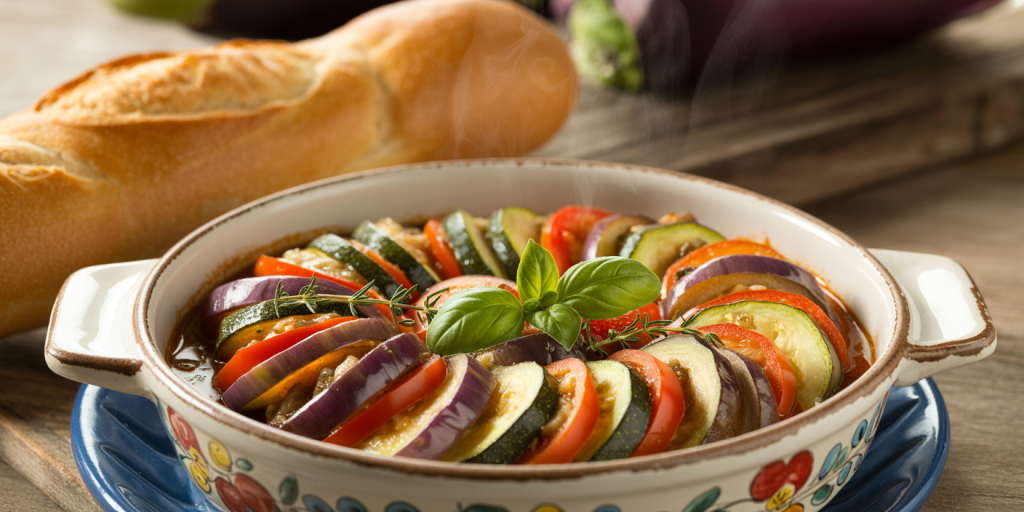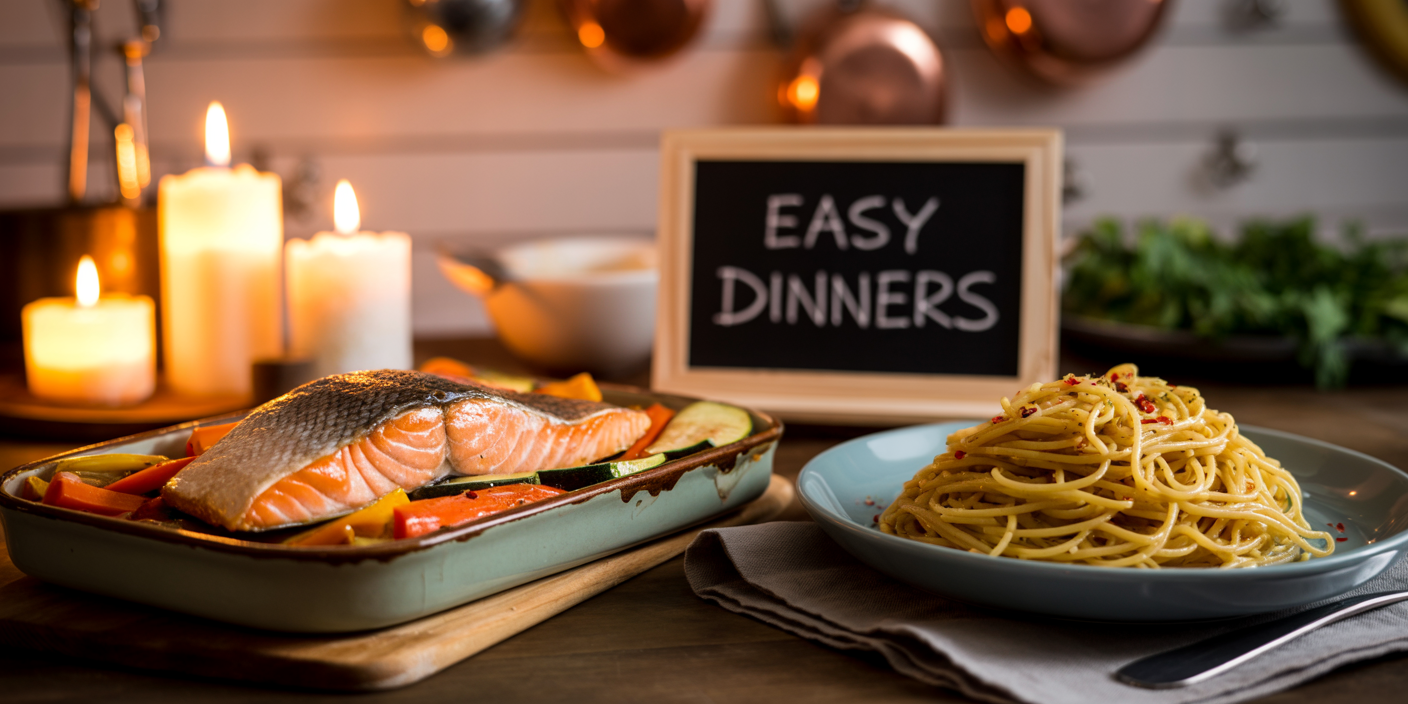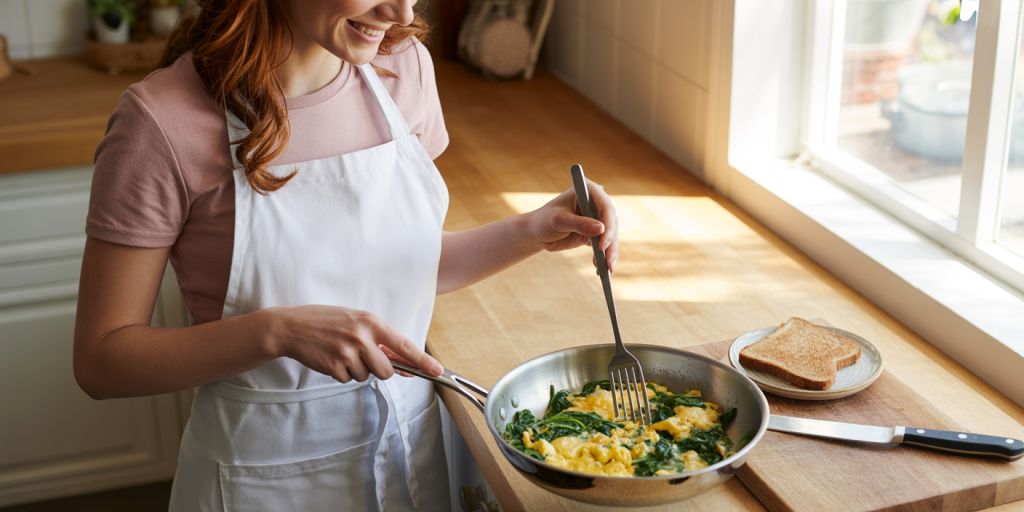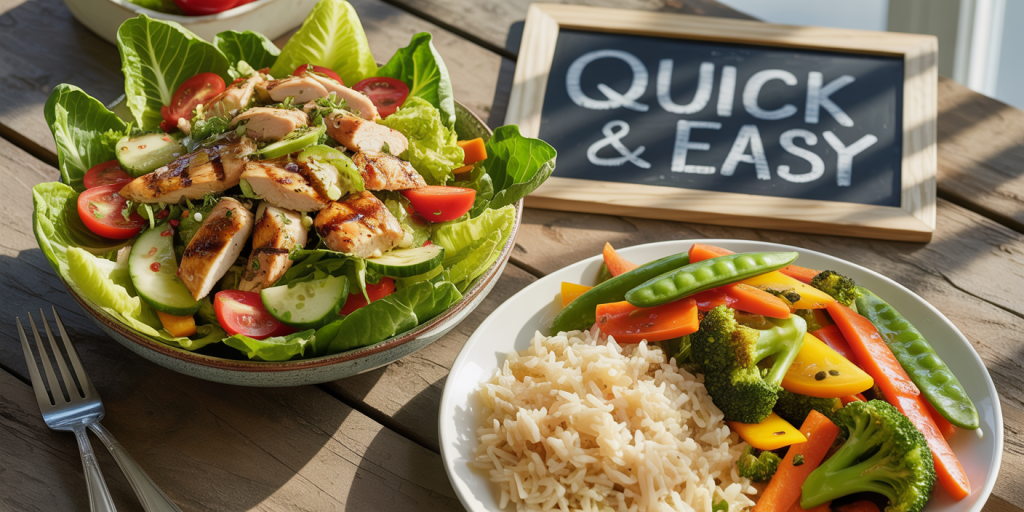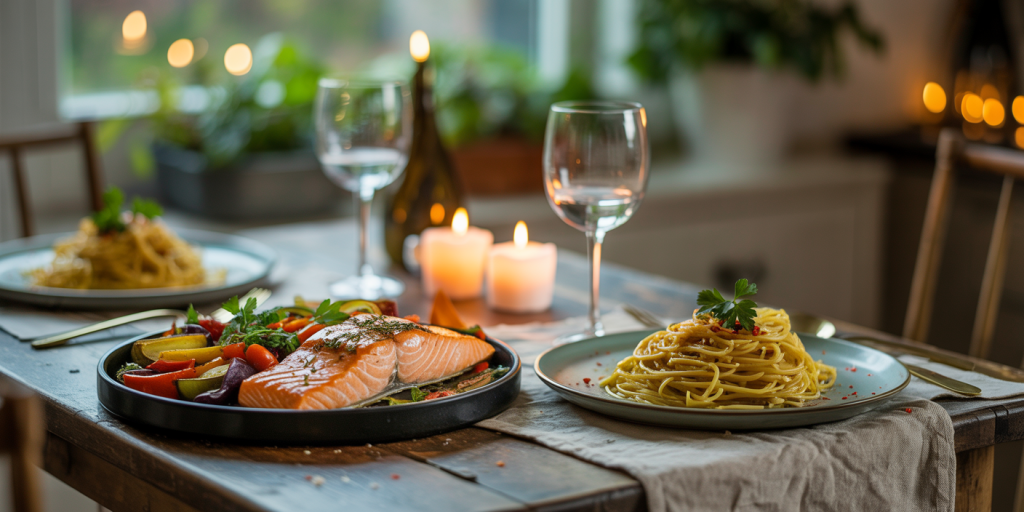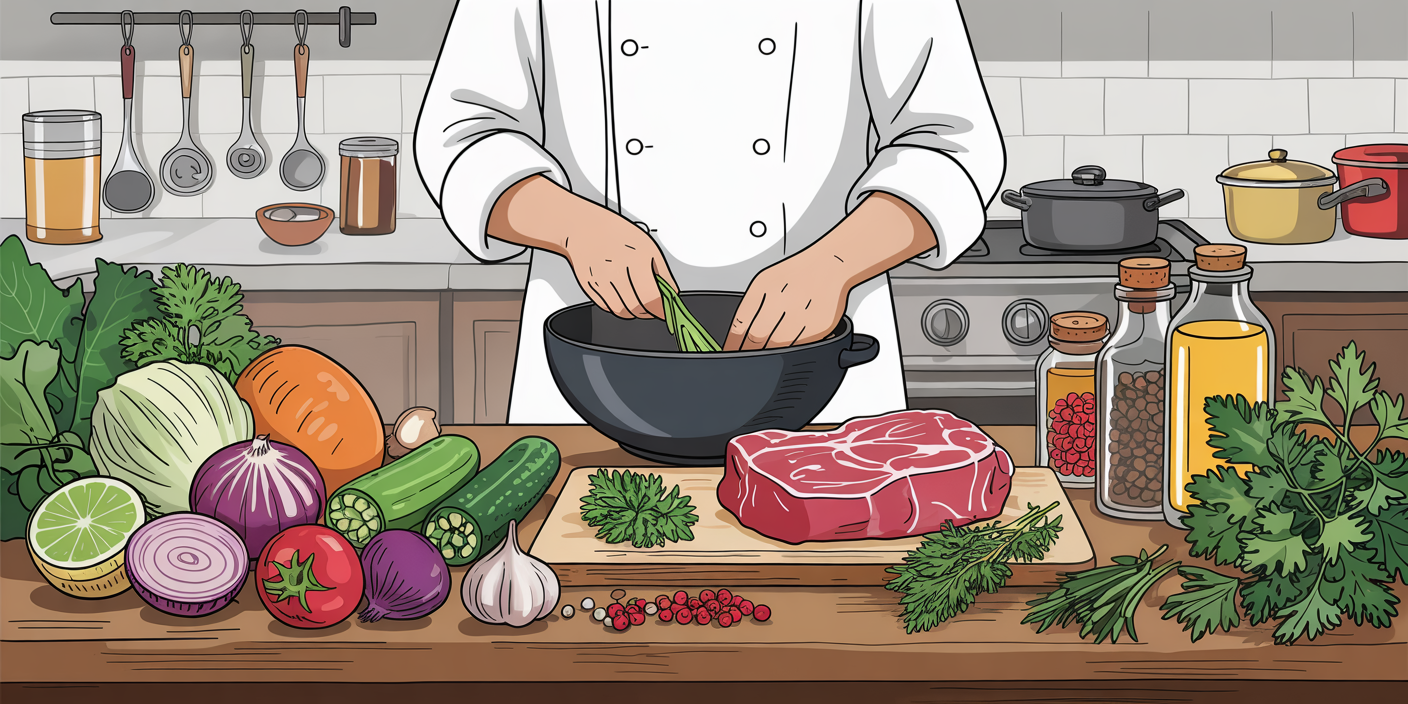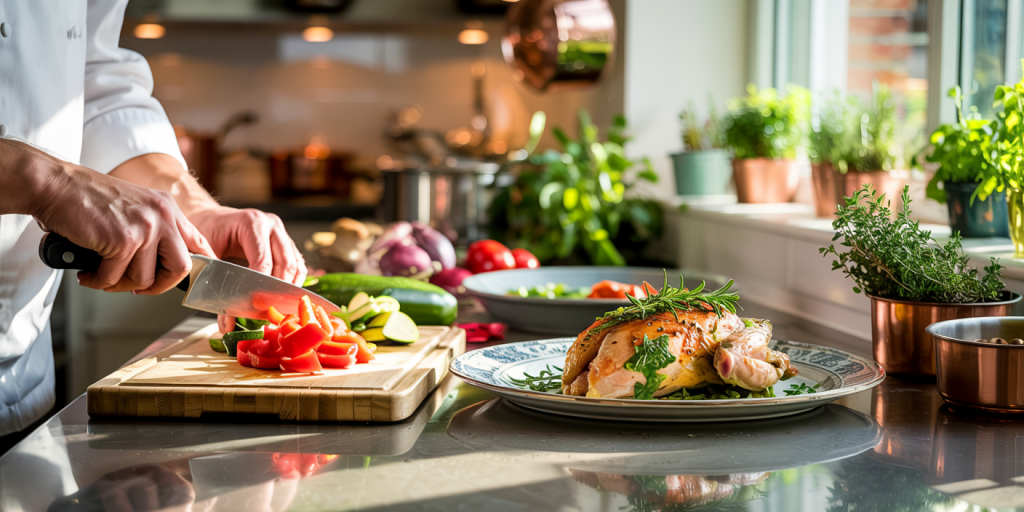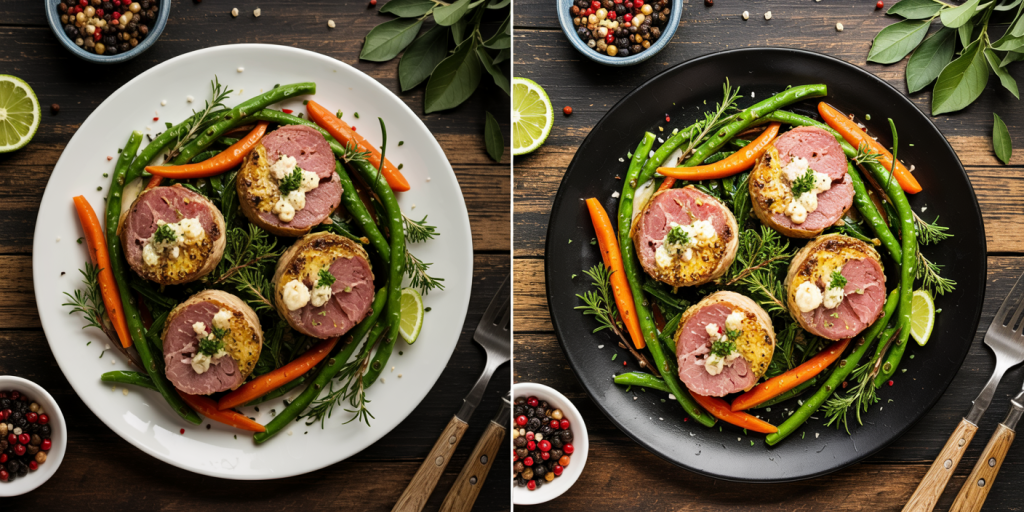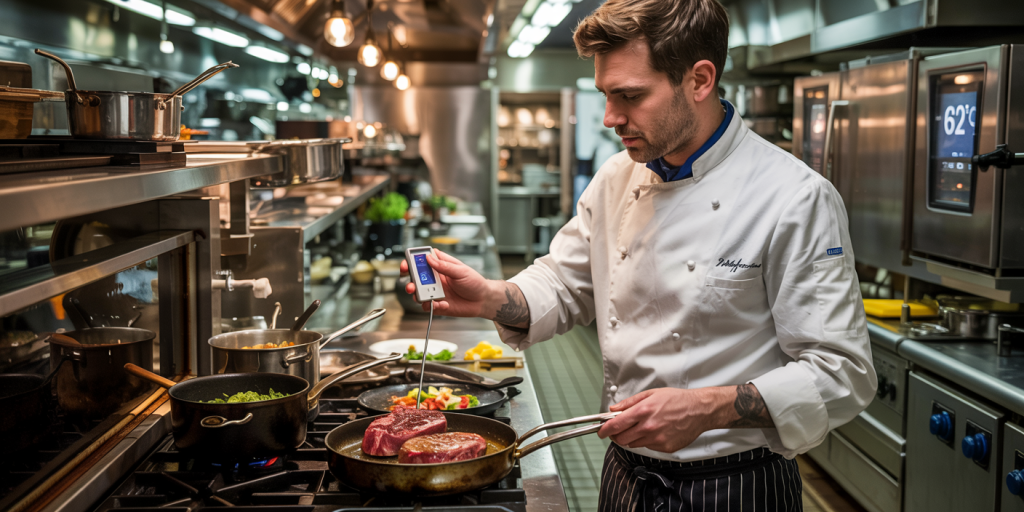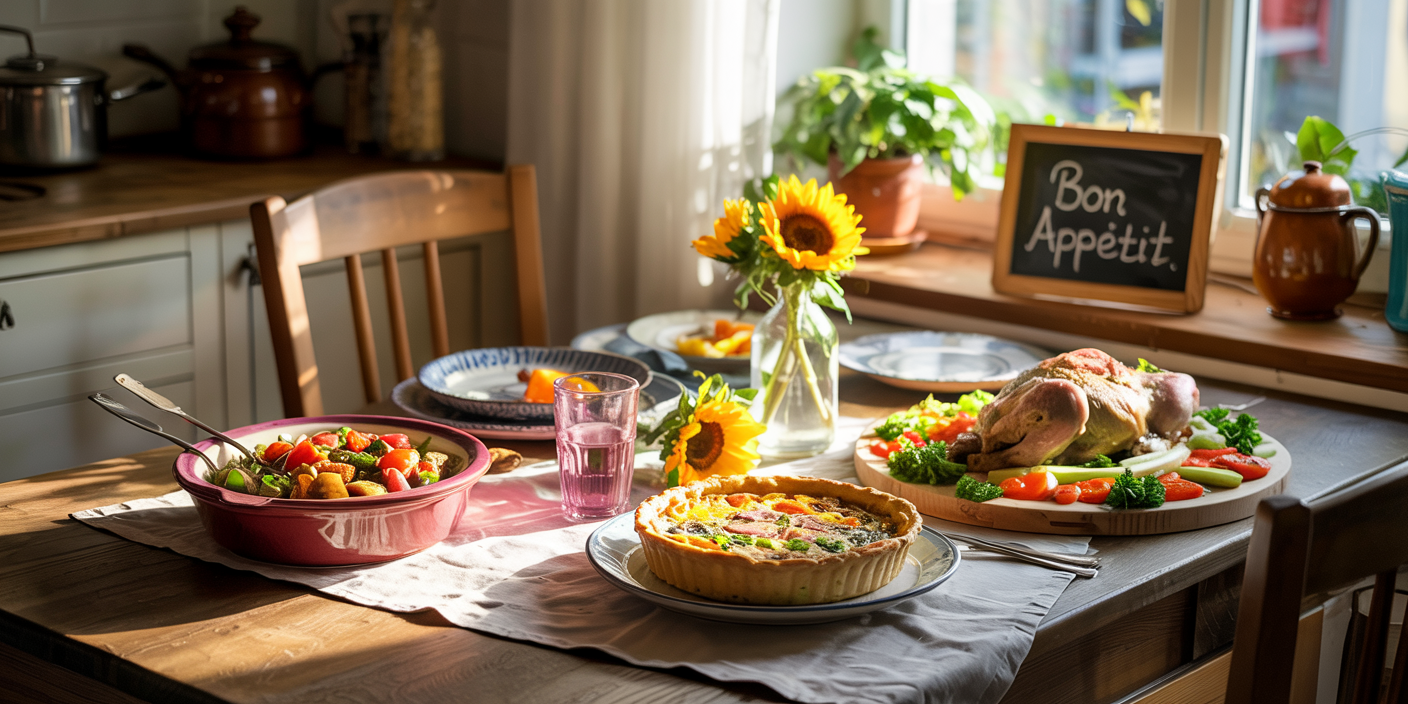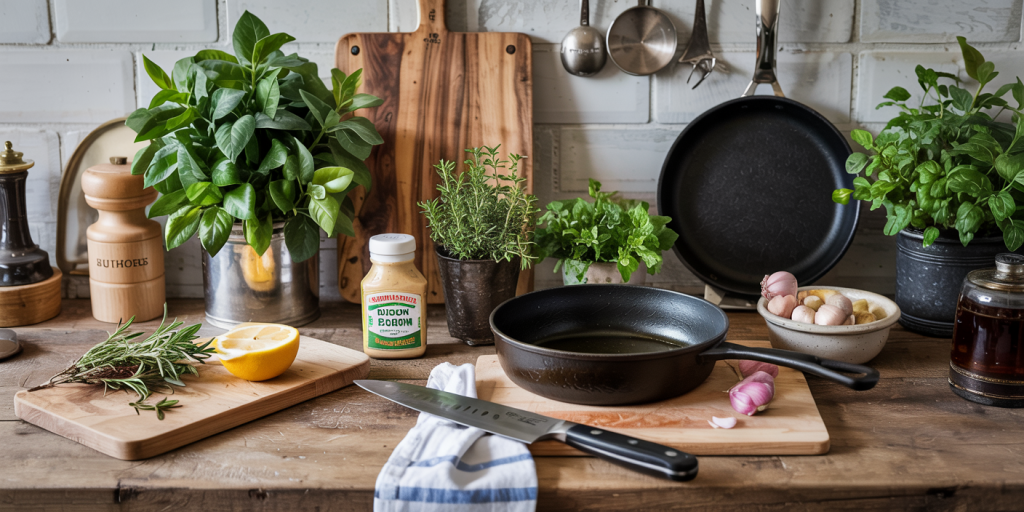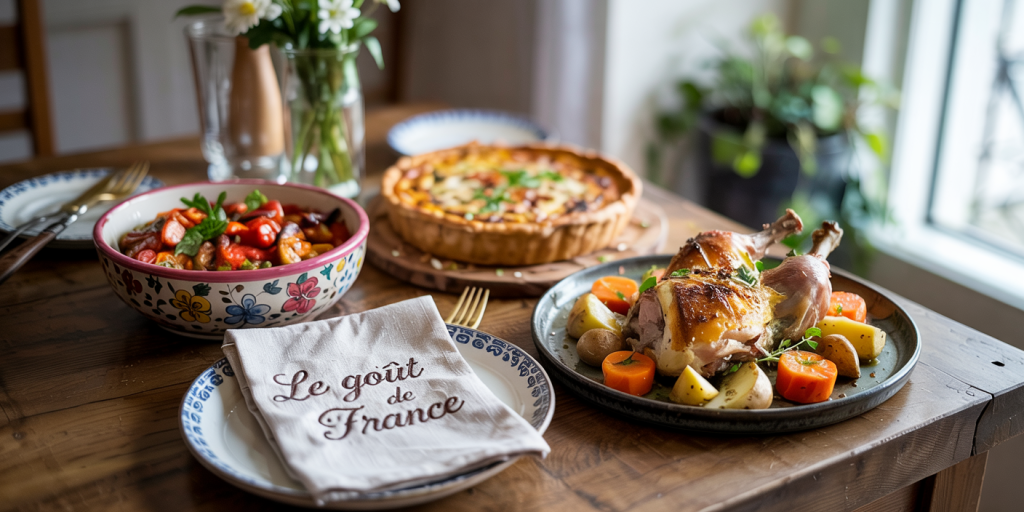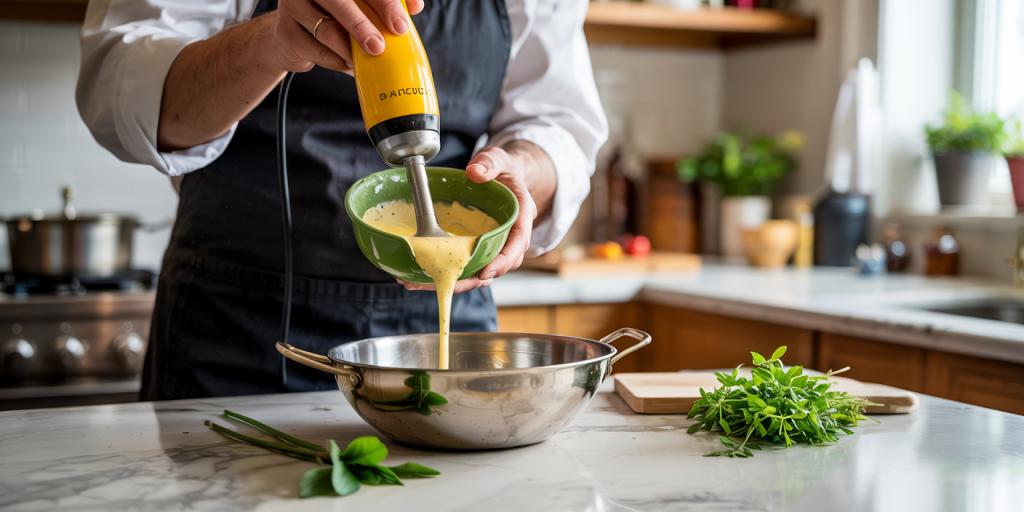In today’s fast-paced world, reducing food waste has become more important than ever. According to the Food and Agriculture Organization (FAO), approximately one-third of all food produced globally is lost or wasted annually, amounting to about 1.3 billion tons. Not only does this represent a significant waste of resources, but it also exacerbates environmental issues like methane emissions from decomposing food in landfills. At the same time, many households find themselves throwing away perfectly edible leftovers due to a lack of ideas on how to use them creatively. Harnessing creativity in transforming leftovers not only saves money but also contributes to sustainability and enhances culinary diversity.
This article delves into innovative strategies for repurposing leftovers, supported with practical examples, data-driven insights, and comparative analyses to inspire readers to reduce waste, save time, and enjoy exciting meals.
Reimagining Leftovers: Beyond Reheating
Many people simply reheat leftovers without changing them, resulting in repetitive meals that quickly lose appeal. However, leftovers offer a unique canvas for creativity. By adopting a few simple techniques, one can transform a single dish into multiple new meals.
For instance, leftover roasted chicken can become a hearty chicken salad, a filling for tacos, or a topping on homemade pizza. This approach encourages seasonally inspired variations, allowing you to mix and match ingredients based on what’s available. Making a vegetable stir-fry from leftover steamed vegetables is another excellent example, where a splash of soy sauce, ginger, and garlic instantly revitalizes the dish.
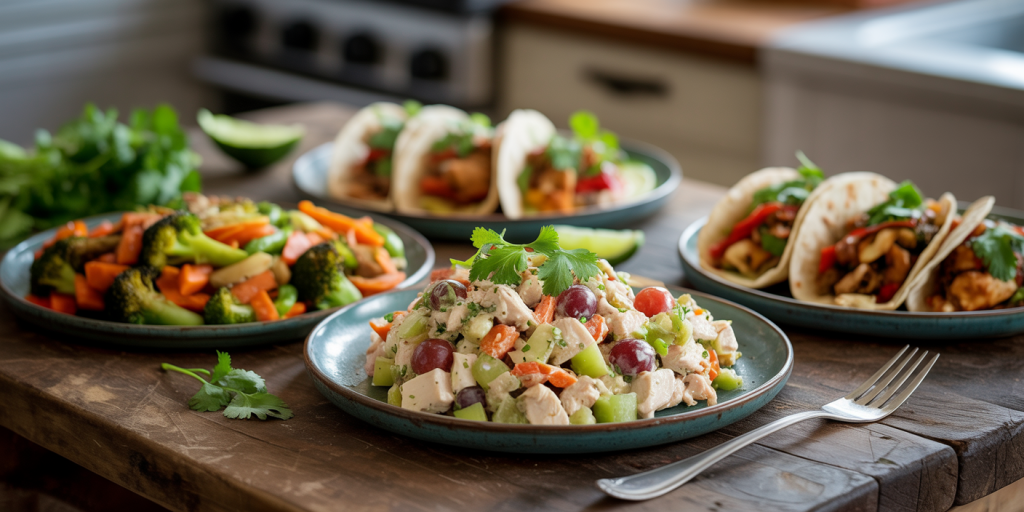
Statistics from a study published in the Journal of Environmental Psychology indicate that households that actively engage in leftover transformation reduce food waste by up to 40%. Additionally, using leftovers creatively promotes nutritional balance by encouraging incorporation of varied ingredients rather than relying on repetitive use of the same dish.
Practical Techniques to Transform Common Leftovers
Transforming Cooked Grains and Proteins
Leftover grains such as rice, quinoa, or barley have incredible versatility. Fried rice, a global favorite, illustrates how day-old rice can be given a new lease on life with minimal effort. Adding scrambled eggs, diced vegetables, and leftover meat or tofu not only enhances flavor but boosts nutrition. Quinoa tossed with leftover roasted vegetables and a lemon vinaigrette can serve as a fresh salad or side dish.
Similarly, proteins from previous meals can be refashioned. For example, leftover ground meat from spaghetti Bolognese can be repurposed into stuffed peppers or meatballs. A case study from a culinary school demonstrated that students who experimented with leftover proteins reported higher meal satisfaction and enjoyed a wider variety of textures and flavors.
Repurposing Vegetables Efficiently
Vegetables often suffer from waste due to spoilage or lack of culinary creativity. However, leftover roasted or steamed vegetables can be pureed into soups, blended into dips like hummus, or mixed with eggs to create tasty frittatas or quiches. For example, broccoli or cauliflower florets combine well with cheese and eggs for a protein-packed bake.
Studies reveal that households that regularly incorporate vegetable leftovers into new dishes increase their vegetable intake by 25%, positively impacting overall health. Also, combining wilted leafy greens like spinach into pasta sauces or smoothies minimizes waste and boosts micronutrient intake.
| Leftover Vegetable | Creative Use | Preparation Time | Nutritional Benefit |
|---|---|---|---|
| Roasted carrots | Pureed soup | 15 minutes | High in beta-carotene |
| Steamed spinach | Added to pasta or smoothies | 5 minutes | Rich in iron and folate |
| Mixed roasted vegetables | Frittata or quiche filling | 20 minutes | Provides fiber and vitamins |
Reinventing Leftover Bread and Bakery Items
Bread and bakery products are among the most wasted food items globally. According to the National Resources Defense Council (NRDC), 30-40% of post-consumer bread is discarded. Instead of tossing stale bread, there are numerous creative options to breathe new life into it.
Making croutons from stale bread is a quick and delicious idea. Simply cube the bread, toss with olive oil and seasoning, and bake until crisp. They offer excellent texture and flavor to salads and soups. Another practical example is transforming leftover bread into bread pudding or French toast. A 2023 survey by a culinary magazine showed that 65% of individuals who tried leftover bread recipes reported increased satisfaction with their meals and reduced food waste at home.
Breadcrumbs, an essential ingredient for many dishes, can be easily made at home by grinding dried bread and can be stored in the freezer for months. These homemade breadcrumbs add flavor and texture to meatballs, casseroles, and coatings, providing a perfect use for leftover bread.
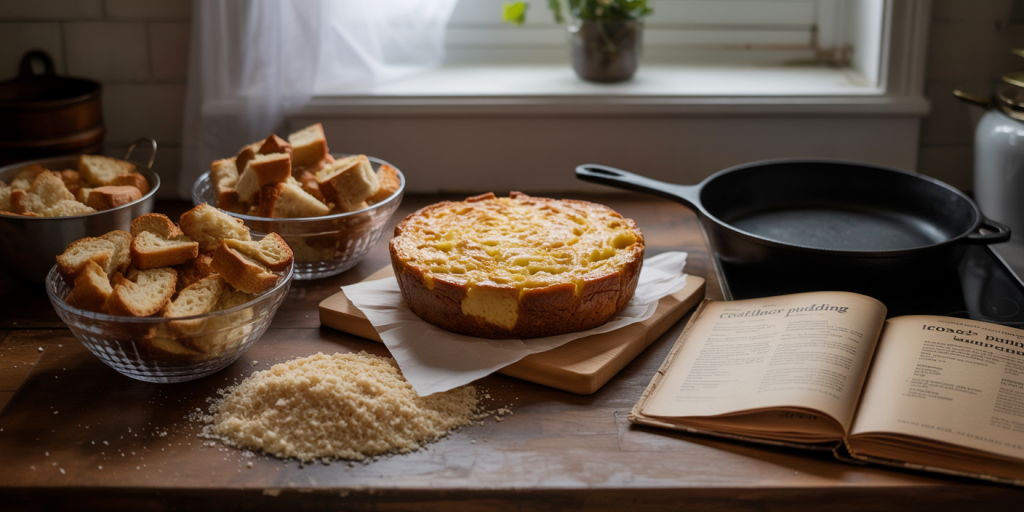
Using Leftovers to Create Fusion and Global Cuisines
Leftovers often provide the perfect opportunity to experiment with fusion dishes and global cuisines. Combining distinct flavor profiles can transform mundane leftovers into gourmet experiences. For example, leftover mashed potatoes can be turned into Indian-style aloo tikki patties served with chutney or into Latin American croquettes paired with spicy sauces.
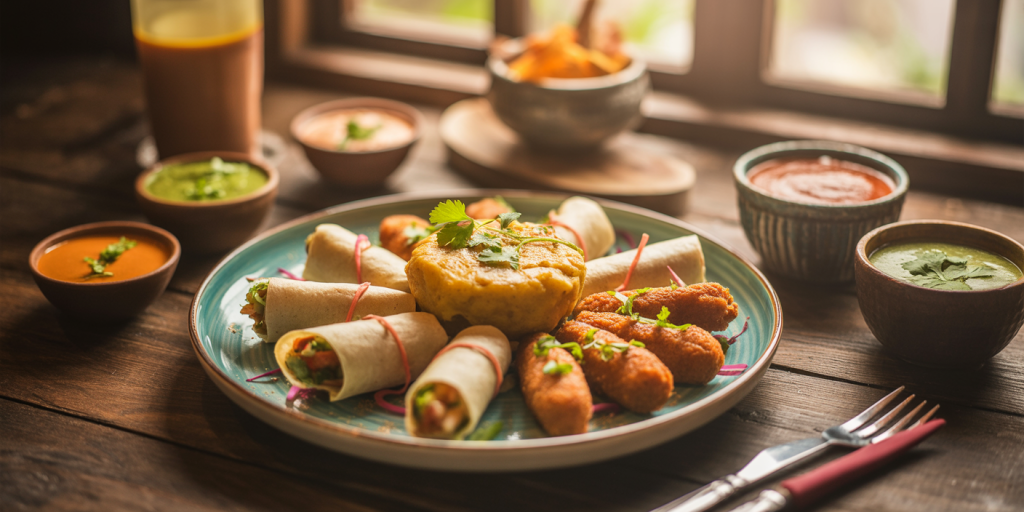
A practical case is using leftover grilled vegetables with tortillas and avocado to make Mexican-inspired wraps or quesadillas. By merging culinary traditions, you essentially minimize wasted food and enjoy exciting new flavors without additional grocery shopping.
Data from culinary trend reports reveal that global fusion cuisine is gaining popularity, with 38% more recipes including leftover transformations appearing online over the past five years. This trend indicates increasing consumer demand for resourceful cooking that blends creativity, international flavors, and sustainability.
Comparative Table: Leftover Use Across Meal Types
| Meal Type | Common Leftovers | Creative Uses | Ease of Transformation | Nutritional Impact |
|---|---|---|---|---|
| Dinner | Roasted meats, vegetables | Soups, salads, frittatas | Moderate | High (varied nutrients) |
| Lunch | Sandwiches, wraps | Salads, mini pizzas, wraps | Easy | Moderate (balanced meals) |
| Breakfast | Bread, eggs | French toast, omelets, breakfast muffins | Easy | High (protein, carbs) |
| Snacks | Fruits, nuts | Smoothies, fruit salads, granola bars | Easy | High (vitamins, fibers) |
This table illustrates the flexibility and impact of leftovers across different meals. Prioritizing versatile leftovers enhances nutrient availability and culinary diversity.
Future Perspectives on Leftover Utilization and Food Waste Reduction
The future of leftover utilization lies in innovation, education, and technology. Awareness campaigns, like the EPA’s “Food Recovery Challenge,” encourage households and businesses to adopt smarter food habits. Kitchen gadgets such as smart refrigerators with inventory tracking help consumers monitor and plan the use of leftovers effectively, minimizing spoilage.
Artificial intelligence and recipe apps are evolving rapidly, offering personalized suggestions based on available leftovers, dietary restrictions, and regional preferences. These technologies have the potential to decrease food waste on a mass scale and improve home cooking creativity.
Furthermore, societal shifts towards sustainability have led to increased community sharing platforms such as food-sharing apps and “leftover swaps.” These initiatives promote reusing surplus food within communities, further curbing waste.
In the coming decade, integrating cultural food traditions with technology and education promises a more sustainable food system where leftovers become celebrated components of everyday meals, rather than afterthoughts.
—
By embracing creativity when handling leftovers, individuals can enjoy diverse, nutritious meals while actively participating in the global effort to reduce food waste. Empowering oneself with practical ideas and culinary flexibility transforms leftovers from potential waste into valuable resources for delicious and sustainable living.
